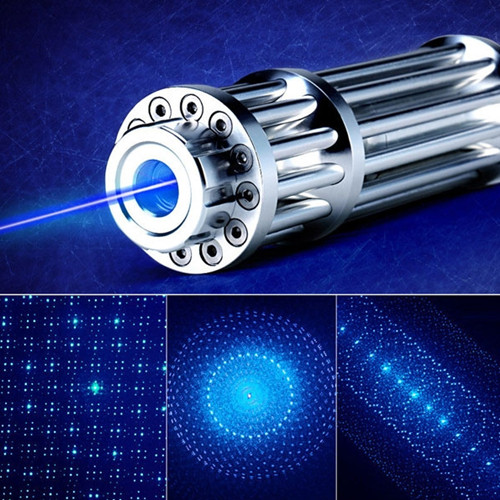The area outside the north and south poles of the earth is surrounded by layers of magnetic lines, and the magnetic lines of the polar regions are almost perpendicular to each other, making it a window for the earth's space to open to the space environment. China's 35th Antarctic expedition team carried a super laser pointer, which will launch a laser to this window to detect the "middle and high-rise (height 75 km ~ 110 km) atmosphere" in the polar region.

According to Huang Wentao, a member of the 33rd Antarctic expedition team in China and a researcher at the China Polar Research Center, they will install and debug the sodium fluorescence Doppler lidar system at Zhongshan Station during the summer of 35 teams, and then observe during the winter.
As an active optical remote sensing device, Lidar has the advantages of high spatial and temporal resolution and high detection accuracy. Its working principle is to transmit laser light to the air and interact with atmospheric materials. The optical telescope receives the scattered light signal and further measures the atmosphere. Temperature and wind field (including wind speed, wind direction, etc.) data.
The materials carried by the Antarctic expedition include five modified standard high-tank container modules that will be assembled into a lidar observation cabin on site. The laser radar can be continuously observed for 24 hours in the case of clear sky and no large clouds. In winter, according to the on-site meteorological conditions, the effective daily data collection amount is more than 500 hours, and the observation running time is evenly distributed.
At present, the mid-to-high-level atmospheric lidar observations are not carried out internationally, and there are no observation records of the middle and upper atmosphere wind fields in the Antarctic. The project will provide key data for studying the dynamics, chemical characteristics and response to space weather activities in the middle and upper atmosphere of the Antarctic.
